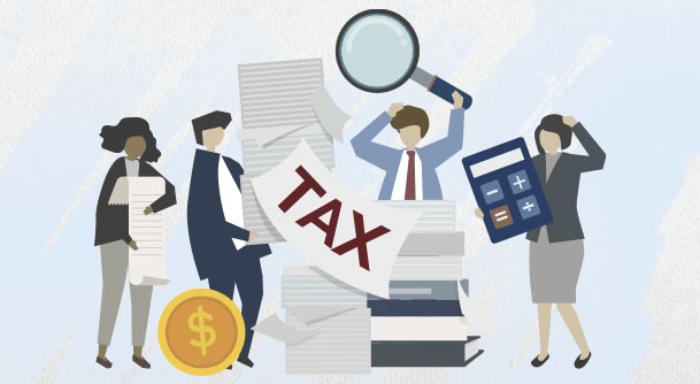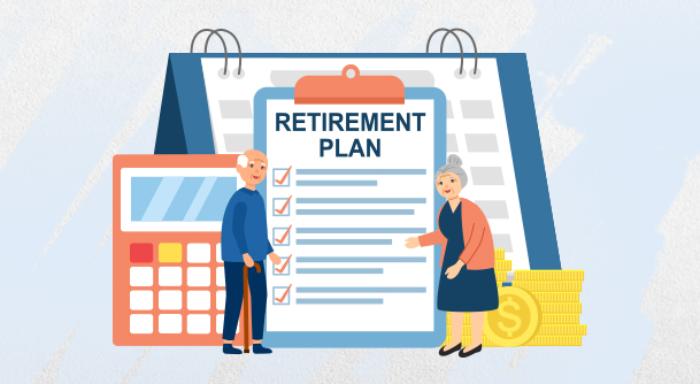7 Tips for Women Retirement Planning
Blog Title
558 |
3/12/25 8:30 AM |
Retirement planning is essential for long-term financial well-being, particularly for women. With a longer lifespan, potential career breaks, and income disparities, planning for the future becomes even more important. However, many women either delay or ignore the necessity of a proper investment plan for retirement. This can have a significant influence on their future financial stability.
This guide identifies key challenges that women encounter while planning for retirement and offers practical advice to ensure a financially safe future.
Key Challenges Women Face in Retirement Planning
Longer Life Expectancy:
Women typically live longer than men, and they may require additional retirement savings. They could also have higher healthcare expenses as they get older. Knowing this, women should start investing in a robust investment plan as early as possible.
Gender Pay Gap:
In various fields, women typically earn less than men do, which makes it more difficult to save for retirement. Many also take career breaks for family responsibilities, which further decreases their earnings.
Divorce and Spousal Death:
Women who depend on their partner’s income may face significant financial problems in the event of a spouse’s death or divorce. It is essential to have a financial plan that includes personal savings, a life insurance policy, and diversified investments to ensure long-term financial security.
Low Financial Confidence:
Some women miss out on investing opportunities because they lack confidence when it comes to financial decision-making. If you’re personally uncomfortable with high-risk investments, you should contact a professional financial advisor for assistance. Moreover, you may even invest in mutual funds or ULIPs where your funds are indirectly managed by professionals.
Essential Tips for Retirement Planning for Women
1. Start Early and Invest Regularly:
The most important part of retirement planning is getting started early. Your assets will have more time to grow, thanks to the power of compounding. Over time, even modest, consistent investments may add up to a significant amount.
For example, investing a percentage of your income shortly after starting a career will give your assets the time grow in value. You can choose market-linked assets, pension plans, or unit linked insurance plans (ULIP) that provide both safety and investment components.
2. Define Clear Retirement Goals:
Each person needs specific financial goals that they can achieve realistically. These goals act as building blocks towards a secure and happy retirement. Women should especially think about their family goals, anticipated medical expenses, and factor in inflation when planning for retirement.
For example- if a woman wants to travel after retirement, she needs to have an appropriate investment plan to meet this goal. Awareness of future costs allows one to make informed financial choices on how to save for a secure future.
3. Diversify Your Investment Portfolio:
Having an investment portfolio that is well diversified helps to decrease risk and add financial security. Women should invest in numerous channels, including shares, mutual resources, ULIP policy, and fixed deposits.
Additionally, with tax saving investment like ELSS funds and the Public Provident Fund (PPF), a woman can secure her long-term financial needs while also reducing her tax liability.
4. Secure Adequate Insurance Coverage:
Family is in the safest hands when having a life insurance policy. Women need to pick insurance that can give full protection in the coming time.
A term insurance plan provides high coverage at lower costs as compared to other insurance policy types. An endowment life insurance policy would also allow a woman to save money while ensuring that her loved ones are taken care of in an emergency.
5. Build an Emergency Fund:
An emergency fund is essential when unplanned expenses come up without affecting the retirement savings plan. Women should have at least six months’ worth of living expenses saved in a secure and easily accessible fund.
This fund is for times when someone is out of money due to unforeseen circumstances such as medical problems or losing a job. The saving insurance plan also ensures financial backup instantly in case the need arises, especially in the long run.
6. Consider Pension and Annuity Plans:
Women, after retirement, are also dependent on a regular source of income to meet their daily expenses. Investing in pension and annuity plans ensures financial security.
A guaranteed income plan ensures that the payouts are regular so that they can maintain their routine lifestyle. These plans minimize financial ambiguity and provide a stable source of income for a secure future.
7. Plan for Healthcare Expenses:
Health care planning is necessary as we grow older. The older we are, the more likely we are to deal with medical problems. This means that the cost for medical treatments will also increase. Women need to invest in health insurance that would cover hospital bills and treatment expenses.
A few life insurance plans include a health rider that boosts coverage for health-related expenses. With the right health coverage, women can be safe from the shock of unforeseen healthcare bills.
Conclusion
All women should plan for the future and secure their financial independence after retirement. A well-structured financial plan and smart investments help ensure that expenses can be managed without stress.
Women should consider options such as life insurance plans, pension funds, and tax saving investments to create a reliable source of income.
By making informed financial decisions early in life and investing wisely, women can enjoy a secure and worry-free retirement with confidence.










